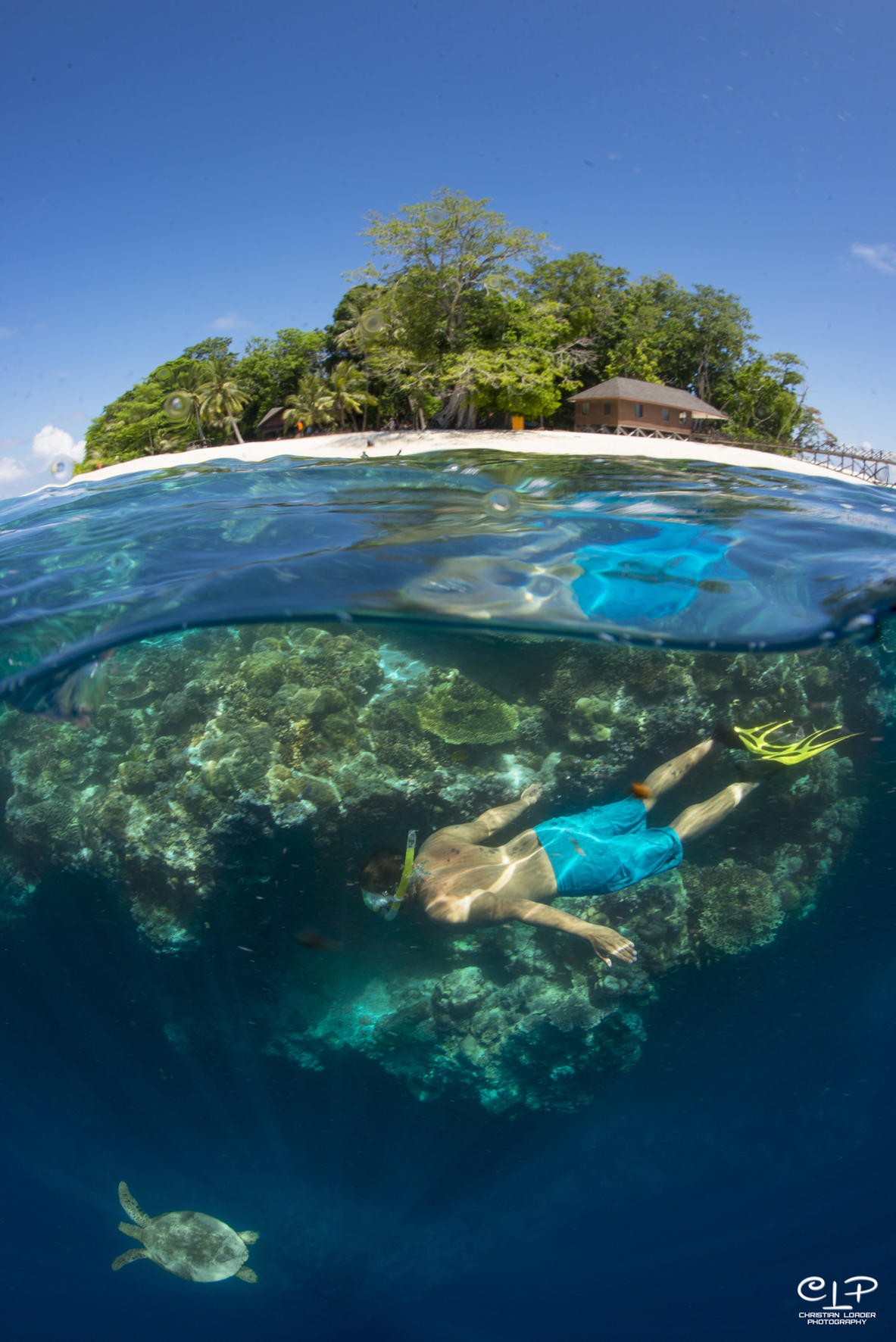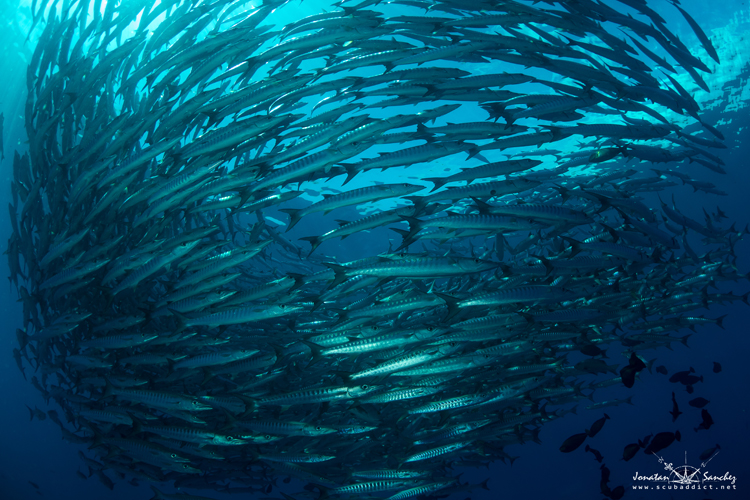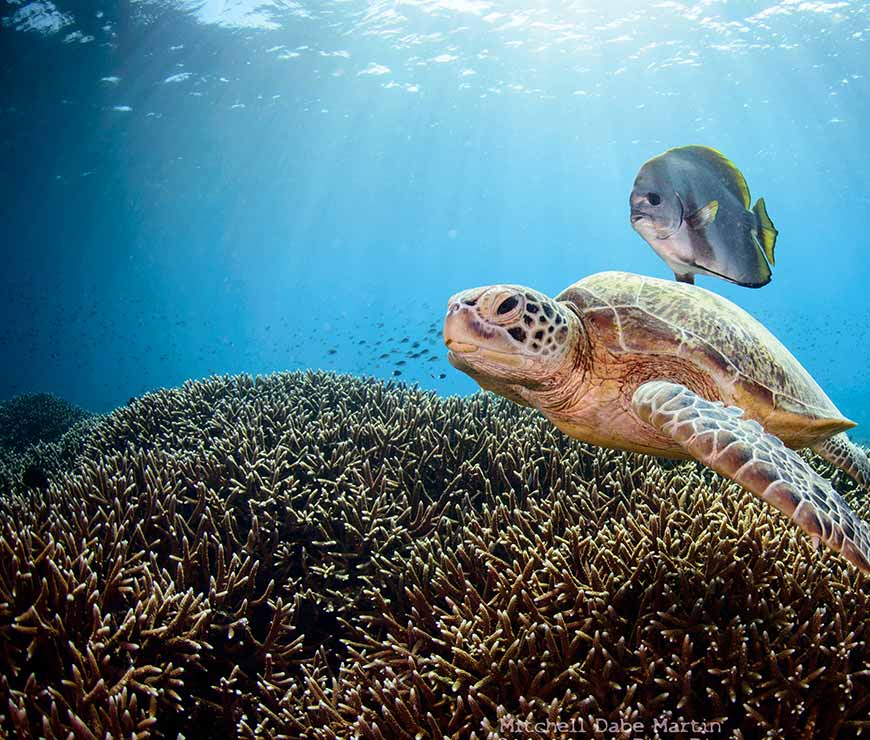

Dive with Green Sea Turtles in Sipadan
As Malaysia’s premier Marine Protected Area the diving around Sipadan Island offers stunning coral gardens and impressive wall diving. The large resident population of green sea turtles (Chelonia mydas) are one of the top reasons for diving in the park. Around Sipadan, green sea turtles flourish on the reef tops and on the walls which offer them many ledges to rest on. There’s also a turtle cave dive site to explore too!
Getting Serious About Green Sea Turtles:
At Seaventures Dive Rig we love our marine life, so here are 10 facts about the amazing green sea turtles found in our waters:
- Green sea turtles are giants! They can weigh up to 300kg (average 150kg) and the carapace (shell) can be as long as 1.5 meters.
- Green sea turtles are herbivores as mature adults and feed on a mix of sea grass and algae but juveniles are omnivores and will consume mostly jellyfish, sponges and small molluscs. There is no shortage of food for them in Sipadan!
- The green sea turtle is distinguishable by the single pair of prefrontal scales on its small blunt head and its bony, ridgeless carapace which is made up of large, non-overlapping scutes (scutes are the individual segments or scales that make up the carapace / shell).
- The green turtle’s name derives from the fat underneath its shell and the shell coloration varies widely from being pale or dark green to brown and even black and gray in some areas. On paler coloured individuals it is easy to see radiating stripes on the carapace.
- Unlike hawksbill turtles, the green sea turtle has only one visible claw per flipper rather than two.
- Green sea turtles prefer coastline habitats and are most frequently seen around islands, bays and protected shores – another reason why there is such a healthy population around Sipadan. At Sipadan dive sites you will see them resting in crevices in the walls, on the reef top and swimming in the blue. Our incredible – and experienced dive guides are excellent at spotting their distinctive shells among the corals and coves.
- Green sea turtles do not generally live in the open ocean, but they are capable of migrating over huge distances from feeding grounds to nesting areas – up to 1,400 miles. Did you know that female green sea turtles will return to the very same beach where they hatched to lay eggs of their own?
- Breeding in green sea turtles only occurs only every 2 – 4 years. In a nesting year a female may nest up to 9 times with there being 75 – 150 eggs in each nest! As with most turtle species the percentage of eggs that hatch can be very low due to land dwelling predators and the percentage of juveniles reaching maturity is similarly low.
- The green sea turtle is listed by the IUCN as endangered. There are several reasons for this: the degradation of feeding and nesting habitats, mature individuals falling victim to long line fishing and drowning in fishing nets, ocean pollution and trade in green sea turtle eggs, meat, leather and shells. Fortunately, our sea turtles live in a marine protected area – and are thriving!
- Green sea turtles are believed to live up to at least 80 years old in their natural environments and once they have reached maturity, they (happily) have few natural predators due to their size and strong shells.
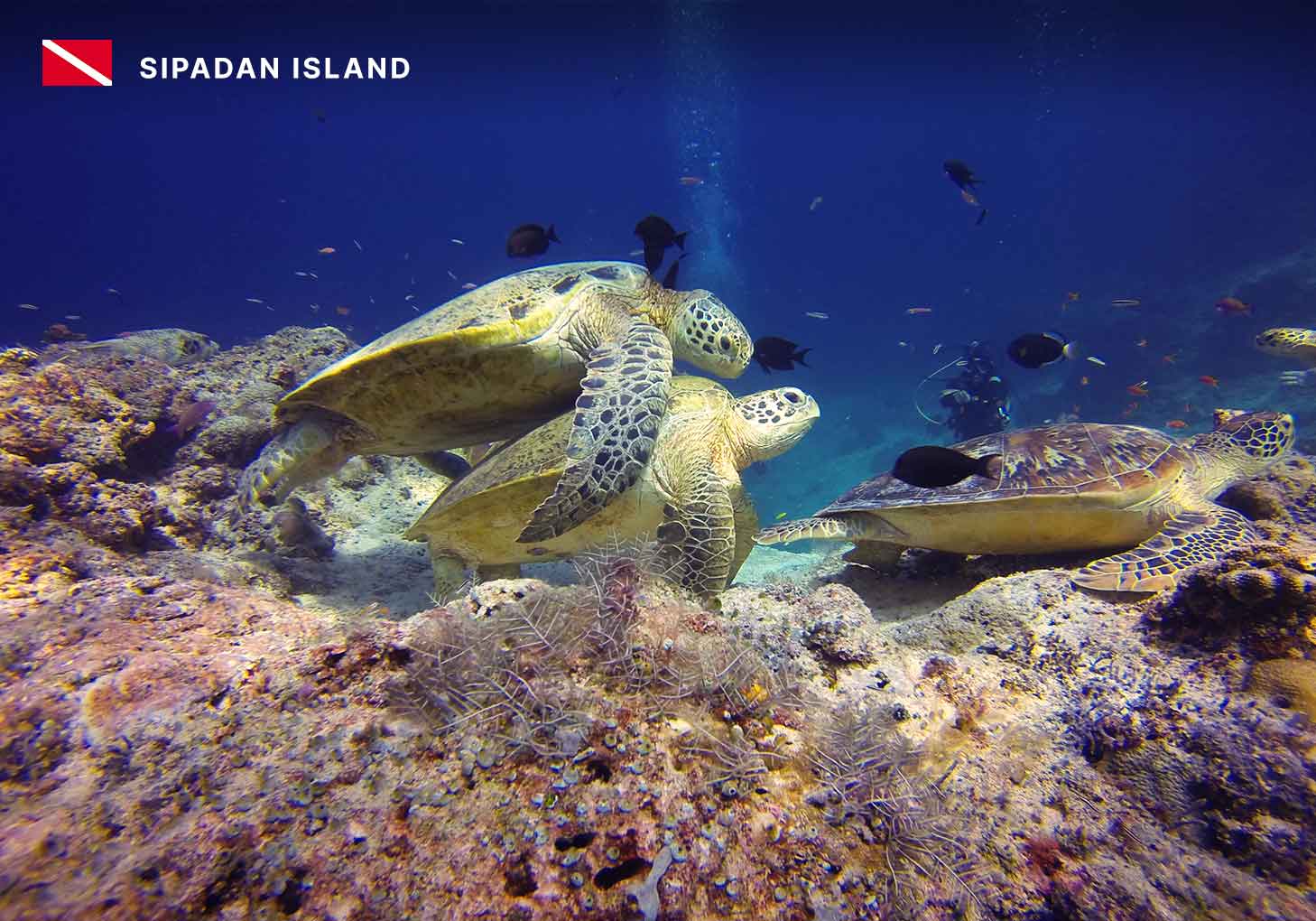
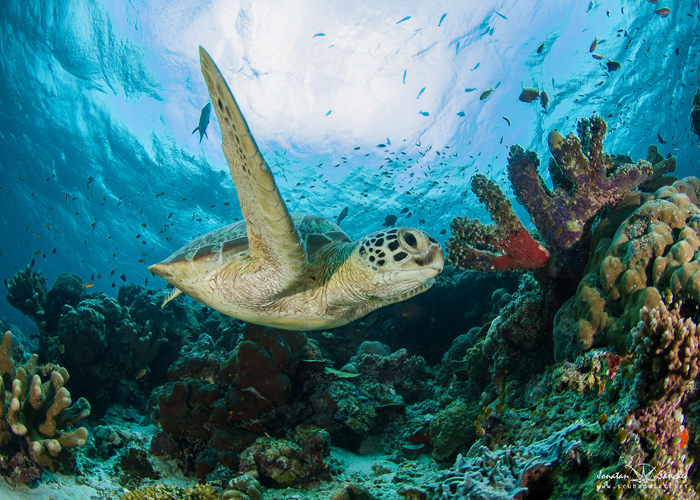
Dive into Seaventures Dive Rig Vibes:
While we do love to get serious about marine life and all things oceanic, we love to share this knowledge, our spectacular dive sites, AND have fun! Join us on the Seaventures Dive Rig and experience next level diving, great dining, and our vibrant atmosphere!
Are you planning your next dive trip? Are you feeling inspired to dive with turtles? Get in touch with us to make a reservation for your next dives here in Malaysia: info@seaventuresdive.com
Not yet a certified scuba diver? No problem! Join us for the PADI Open Water Diver Course, get certified to dive to 18 meters, and make four incredible dives in the ocean with us!

